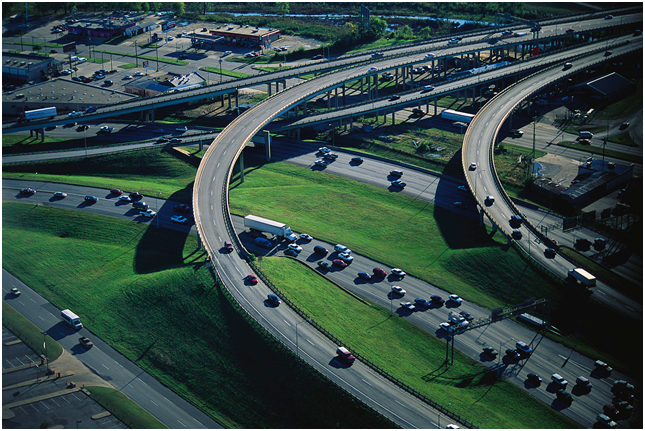Seminar on 4th August 2020 organised by British Chamber of Commerce (Manila) with Department of Trade and Industry Secretary Ramon M. Lopez


Jun 18
Peter Beckingham, Chairman of the PBBC, and Chris Nelson, Executive Director British Chamber of Commerce Philippines, write to the Philippines Ambassador to the UK concerning the contribution of Philippines medical staff working in the UK helping fight the Covi-19 pandemic.

TO: HIs Excellency Ambassador A Lagdameo,
Philippine Ambassador to The United Kingdom
16th June 2020
Dear Ambassador
We want, on behalf of the British Chamber of Commerce Philippines and the U.K. arm of the Philippine British Business Council, to express our organisations’ admiration for the work of Philippine nurses and carers in the British healthcare system since the start of the virus. We know that thousands of Filipinos have worked tirelessly through the epidemic supporting hospitals and care homes, and that tragically some thirty have already lost their lives as a result.
Please could you pass on our deepest condolences to the relatives and friends of those Filipinos who have passed away, and our thanks for the work of so many Philippine workers whose hard work, commitment and bravery has helped to ensure that our health system continues to function.
Yours sincerely,
Peter Beckingham, Chair, Philippines British Business Council, London, UK.
Chris Nelson, Executive Director British Chamber of Commerce Philippines, Manila, Philippines.
Cc : Richard Graham, MP, Prime Minister’s Trade Representative to the Philippines;
Ambassador Daniel Pruce, British Embassy, Manila

Mar 18
Clark is a new and bustling metropolis, and is the fastest growing investment destination in the Philippines today. it is strategically located from key trading points and financial centres, a vital factor that can ensure prompt delivery of services and goods to major destinations in Asia and the world over.

It has a total land area of 31,400 hectares and is located in a region with one of the highest population and best literacy rates.
Clark has its own international airport and is master-planned to suit a work-live-play environment in one contained community.
It is considered as a major gateway to the Philippines with about 4 hours travel time to key cities in Asia and with regional flights that have onward connections to the world.
Clark has its own Freeport and nearby Special Economic Zone where there are enormous business opportunities in manufacturing, electronics, information technology, business process outsourcing, among the many profitable industries.
For more information see http://www.clark.com.ph

Feb 21
A country of notorious traffic jams may soon start to unclog.
Should you get up at 4am to get to work on time, or risk waiting until five? That is the .question confronting many commuters in Manila, the capital of the Philippines, which has some of the world’s worst traffic jams. Geography is one reason. The 2m people trying to get in and out of the metropolis each day must squeeze into a narrow strip between the sea on one side and a lake and hills on the other; But poor urban planning and a dearth of infrastructure investment in recent decades have compounded the problem. Filipinos spend 16 days a year stuck in jams, according to the Boston consulting Group. The World Economic Forum ranks the Philippines 96th of141 countries tor the quality of its infrastructure. Nearby Indonesia, another nation of thousands of islands, is 72nd.

On January 17th the public-works minister announced that by the time President Rodrigo Duterte leaves office in 2022, he wants to have cut the number of cars that pass along the city’s main artery each day bv a third. Such bold declarations have been characteristic of Mr Duterte’s approach to infrastructure. When he became president in 2.016 he considered demanding emergency powers from Congress to help him deal with the traffic. In the end, he settled instead on a long-term scheme to spend 9trn pesos ($177bill) on new- infrastructure called ”Build, Build, Build”. The focus on construction represents a “very bold shift in government priority”, believes Vince Dizon, a presidential adviser.
As the jams in Manila suggest, not much has shifted yet. Such change is corning, “Build, Build, Build” involves 100 big projects. Construction is under. way on almost half of them. In 2018 the government
introduced a law to cut red tape in permitting, partly to speed up infrastructure investments. Some planning committees are meeting three times as often as they used to. Twenty projects were approved in the final three months of last year, says Mr Dizon. Impractical schemes promoted by the president, such as a plan to link all the main islands of the Philippines by bridge, have been quietiy set aside.
One of the biggest projects still in the works is New Clark City, which is eventually supposed to house um people and lots of government offices, in an effort to ease traffic in nearby Manila. The city was planned under Mr Duterte’s predecessor, but embraced by him in an unusual display of political continuity. The first phase was completed in November. Mr Duterte has also presided over the opening of a new airport in the province of Bohol, and of the Philippines’ largest passenger-ferry terminal on his home island of Mindanao.
Spending on infrastructure has roughly doubled since the president took office.
The plan is for it to reach 7% of GDP up from 2.6% in 2015 (see chart on next page). The austere policies of past presidents have left Mr Duterte scope to borrow. Public debt is around 41% of GDP. He has introduced a series of sensible tax reforms, which are expected to help boost government revenue, and diversified the Philippines’ sources of funding. Japan has provided some $12bn in recent years. The Asian Development Bank(ADB) is so enthusiastic about Mr Duterte’s infrastructure plans that last year it lent the Philippines more than any other country bar India. China has also promised $9bn for infra” structure, although it has signed formal agreements to provide only $9oom.
Public-private partnerships are also being used. More than a quarter of big projects under “Build, Build, Build” will involve private investors. Ensuring that the terms of concessionary agreements are fair, however, has been an obsession of Mr Duterte’s administration. The president’s ongoing spat with two water companies in Manila over their contractual rights is a case in point. Shares in one of the firms, Manila Water, dropped to a 14-year low at the height of the furore last month. That may worry companies that are thinking about joining the infrastructure push.
The government says that by the middle of 2022 roughly half of the 100 “Build, Build, Build” projects should have been completed. Kelly Bird of the ADB says even finishing 30 would make the programme “hugely successful”; Filipinos are well aware. of Mr Duterte’s efforts. A survey by Pulse Asia, a pollster, for December found that 69% of respondents thought his government was doing a “better” job of developing infrastructure than its predecessor.
Obstacles will mount as Mr Duterte nears the end of his time in office, however, and his political power begins to ebb. And once he steps down there is no certainty that his successor will complete his plans. New presidents in the Philippines often kill projects initiated by their predecessors. In 2011 Benigno Aquino, the president of the day, cancelled 66 of.72 car-ferry ports planned by the previous president, Gloria Arroyo, alleging corruption. With luck, though, Mr Duterte’s successor will see the benefit in inheriting dozens. of partially constructed projects and a host of shovel-ready ones. A bulging pipeline of sensible projects could

Recent Comments